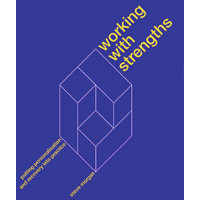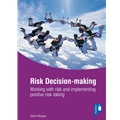Practice-based evidence for implementing positive risk-taking
 Wednesday, May 4, 2011 at 9:47PM
Wednesday, May 4, 2011 at 9:47PM [The following are the views of Steve (Practice Based Evidence) not those of anyone employed by Cumbria County Council].
The appetite for researching positive and constructive approaches to working with risk is largely lacking. It is much easier to fund the investigations into the negative messages of aggression and violence or suicide, particularly the areas of practice that excite the media and fuel the perpetual blame culture. There is no evidence to back the notion that practitioners spending inordinate amounts of their time in front of screens ticking boxes ever created a safer environment or fundamentally prevents risk, but it does make life easier for auditors to follow paper trails in pursuit of their prey when something has gone wrong. Most so-called errors are at least anecdotally a consequence of well-intentioned, regularly criticized, over-burdened and under-resourced practitioners trying to do their best within a context of impossible expectations.
Cumbria County Council engaged a Practice Based Evidence initiative to develop and facilitate a series of 10 workshops for practitioners focused on the understanding and practical delivery of ‘positive risk-taking’. Despite the widespread confusion in recent terminology sparked by the Department of Health introduction of general phrases such as ‘positive risk management’ and the spin-off of ‘positive risks’, my work since 1996 has focused on the specific practical application of positive risk-taking as the activity of taking risks for positive outcomes. Yes you heard it here… the addition of the word ‘positive’ is not about the risk, it is about the clarity of outcome that focuses the plans and actions. The use of the word positive in ‘positive risk management’ and ‘positive risks’ has far less specificity… it may even be a sugar-coating of something more usually thought of as negative, and as such, may even carry a degree of hypocrisy in its casual use.
The link below provides the summary of detailed feedback from 147 people attending the series of workshops. This is the voice of the people trying to do it, which should carry more weight than the academically minded who play with concepts within the safety of their meeting room.







Reader Comments